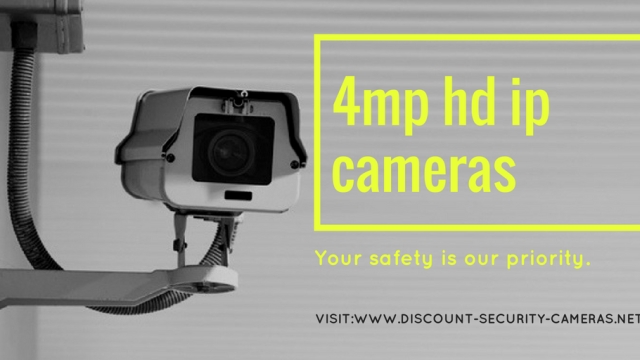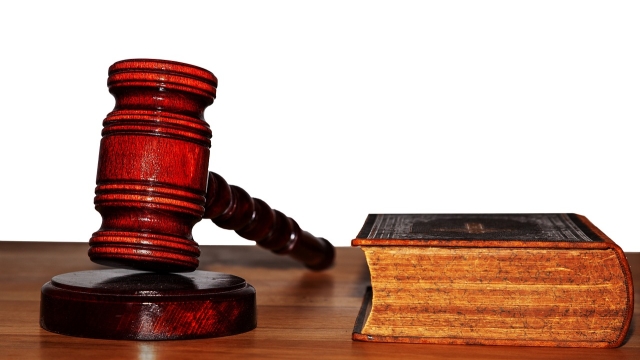Safeguarding Spaces: Unveiling the Modern Surveillance Arsenal

From bustling city streets to quiet residential neighborhoods, security cameras have become an integral part of our modern landscape, silently watching and safeguarding spaces. These unblinking sentinels have revolutionized the way we perceive security, offering a constant vigilance against potential threats. With their ever-evolving technology and increasing ubiquity, it is essential to explore the multifaceted realm of security cameras, unveiling their modern surveillance arsenal.
In today’s fast-paced world, where the need for security has grown exponentially, security cameras have emerged as an invaluable tool in protecting public and private premises. Their presence serves as a visible deterrent, dissuading potential wrongdoers from engaging in illicit activities. Moreover, they provide an essential means for law enforcement agencies to gather crucial evidence, aiding in the investigation and resolution of criminal cases.
However, the benefits of security cameras extend far beyond mere surveillance. With advanced features such as motion detection, facial recognition, and night vision capabilities, these technological marvels offer enhanced functionality and efficiency. By automatically alerting us to suspicious activities or intrusions, they empower individuals and organizations to promptly respond to potential threats. Additionally, the ability to remotely monitor these cameras through mobile devices grants an added layer of control and reassurance, ensuring that even when physically distanced, we remain connected to our surroundings.
As we delve deeper into the world of security cameras, we shall uncover the various types, applications, and potential concerns associated with their utilization. Exploring the importance of privacy considerations, the transformative impact of artificial intelligence in video analytics, and the future directions of this ever-evolving technology, we embark on a journey to unravel the modern surveillance arsenal that security cameras provide. Stay tuned, as we shed light on how these unblinking eyes shape and safeguard the spaces we inhabit.
Evolution of Security Cameras
Security cameras have come a long way in their development and implementation. With advancements in technology, these surveillance devices have transformed from simple closed-circuit television (CCTV) systems to highly sophisticated tools that provide enhanced security measures.
In the earlier days, security cameras were bulky and required manual operation. They were limited in their capabilities and often had lower image quality. However, as technology progressed, the introduction of digital recording and image processing paved the way for more advanced security camera systems.
The advent of network cameras revolutionized the surveillance industry. These cameras were able to transmit data over computer networks, allowing for remote monitoring and management. This breakthrough greatly improved the accessibility and flexibility of surveillance systems, enabling users to monitor multiple locations from a centralized control room.
With the rise of artificial intelligence (AI) and machine learning, security cameras have become even more intelligent and efficient. AI-powered cameras can now detect and analyze objects or behaviors in real-time, alerting security personnel to potential threats or suspicious activities. This cutting-edge technology has bolstered the effectiveness of security cameras in deterring crime and ensuring public safety.
The evolution of security cameras has been remarkable, from their humble beginnings as basic CCTV systems to their current state as powerful surveillance tools. As technology continues to advance, we can expect further innovations in the realm of security cameras, ensuring that our spaces are safeguarded more effectively than ever before.
2. Advanced Features and Capabilities
In addition to their basic function of surveillance, security cameras today come equipped with advanced features and capabilities that enhance their effectiveness in safeguarding spaces.
Firstly, many modern security cameras are equipped with high-definition video recording capabilities. This enables them to capture clear and detailed footage, allowing for better identification of individuals and objects within the monitored area. The improved video quality ensures that even subtle details can be captured, providing valuable evidence in the event of an incident.
Furthermore, some security cameras now feature built-in motion detection technology. This allows the cameras to detect and track any movement within their field of view. When motion is detected, the cameras can automatically trigger alerts or notifications, ensuring that any suspicious activity is promptly brought to the attention of security personnel or property owners. This real-time monitoring capability contributes to a proactive approach in preventing potential threats.
Lastly, many modern security cameras are equipped with remote viewing capabilities. Through the use of internet connectivity and dedicated mobile applications, users can now access live video feeds and recorded footage from their security cameras remotely. This feature allows for real-time monitoring and the ability to review past recordings even when away from the physical premises. Remote viewing provides convenience and peace of mind, enabling users to keep an eye on their spaces at all times.
In this section, we have explored some of the advanced features and capabilities of modern security cameras. The ability to record high-definition video, detect motion, and enable remote viewing has significantly enhanced the overall effectiveness of these surveillance devices in safeguarding spaces.
3. Ethical and Privacy Considerations
When it comes to the use of security cameras, ethical and privacy considerations are of utmost importance. The widespread deployment of these devices raises concerns about potential violations of personal privacy and civil liberties.
Firstly, one ethical consideration is the balance between public safety and individual privacy. While security cameras can help deter crime and enhance public safety, their presence also raises questions about the extent of surveillance in public spaces. Striking the right balance between the need for security and the protection of privacy rights is a challenge that requires careful deliberation.
Secondly, the storage and management of surveillance footage must be handled responsibly to ensure privacy. Security cameras capture vast amounts of data, including recordings of people in public areas. It is crucial for organizations and authorities to establish strict protocols for the secure handling, storage, and access to this data to prevent any misuse or unauthorized access.
Lastly, transparency and consent play significant roles in maintaining ethical practices surrounding security cameras. It is important that individuals are aware of the presence of cameras in public places and have knowledge of the purpose for which the footage will be used. This enables them to make informed decisions about their privacy and take necessary precautions if they have concerns.
Overall, ethical and privacy considerations are essential in the use of security cameras. Striking the right balance, responsible data management, and transparency are key elements that must be prioritized to ensure the ethical and responsible implementation of these surveillance tools.


